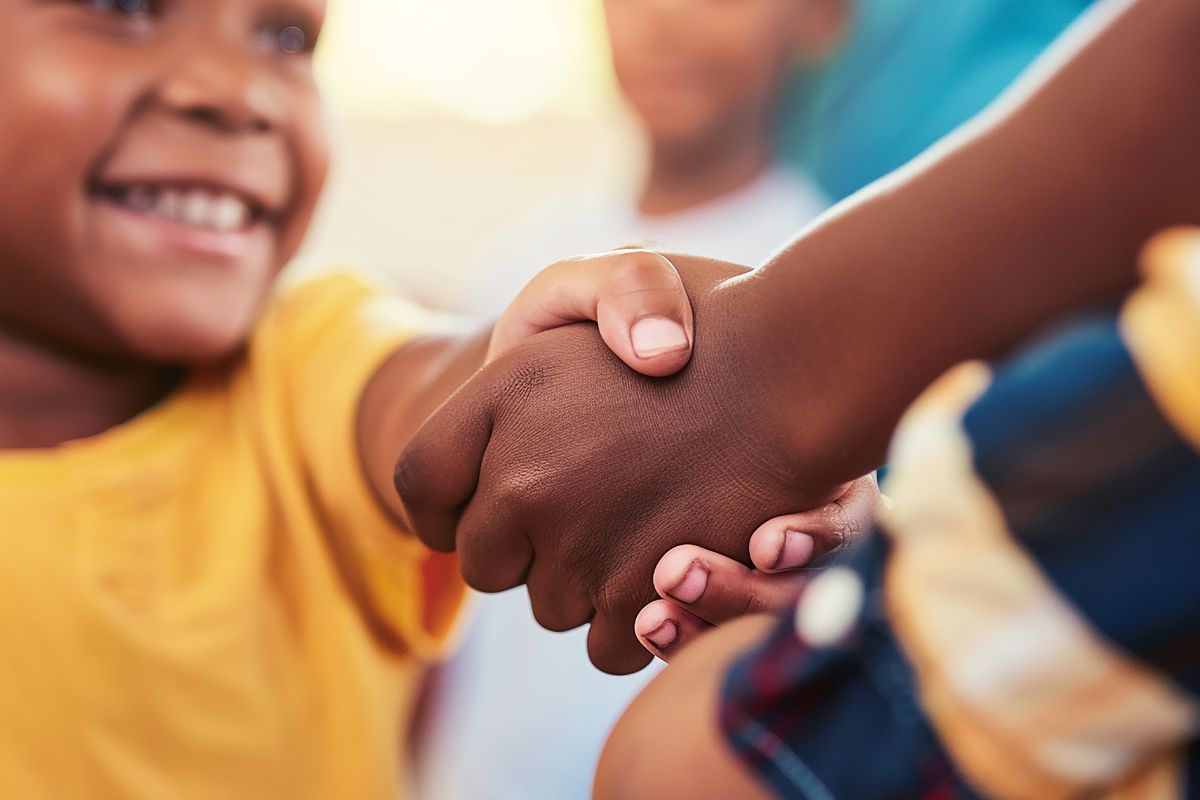
Drive Social Change With NGO Collaboration
When organizations work together, the impact can go further. For nonprofits and NGOs, collaboration isn’t just a strategy—it’s often the key to real change. Whether focused on education, human rights, health, or environmental justice, many of today’s most effective efforts come from partnerships, not solo projects.
Shared goals, diverse skills, and combined resources can open doors that no single group could unlock alone. From small grassroots alliances to large-scale global networks, collaboration brings energy, ideas, and a stronger voice to the causes that matter most.
Why NGO Collaboration Leads to Greater Impact
- Partnerships allow organizations to pool knowledge, reach wider audiences, and avoid duplication of efforts.
- Working together builds stronger trust with communities, donors, and policymakers.
- Collaboration can help fill gaps—where one group may lack funding, another may bring volunteers, training, or access to decision-makers.
The most powerful movements in recent history—civil rights, gender equality, refugee protection—have been powered by networks, not just individual campaigns.
Shared Goals, Different Strengths
No two NGOs are exactly alike, and that’s part of what makes collaboration so powerful. Some organizations focus on research, others on legal action. Some excel at storytelling, while others shine in direct service.
When these groups align, they complement each other. A legal advocacy group might team up with a youth-led movement for outreach. A shelter could partner with a healthcare nonprofit to improve support for displaced families.
These alliances bring a full picture to the issue at hand. Together, they can offer not just aid, but long-term solutions rooted in different forms of expertise.
Building Trust Through Local Partnerships
Change often begins at the community level. That’s why large NGOs benefit from working with local partners who understand the context, speak the language, and have built trust over time.
Local organizations often lead with insight. They can identify urgent needs, flag unintended consequences, and suggest solutions that feel right for the people directly affected.
By working together, national or international NGOs gain stronger roots, and local groups gain wider platforms and access to support. This mutual exchange builds more honest, effective campaigns.
Coordinating Resources to Do More
Funding is always a challenge in the nonprofit world. When groups work together, they can reduce overhead, share costs, and apply jointly for grants.
Joint campaigns also tend to attract more attention. Donors, media, and policy leaders are often drawn to coordinated efforts that show unity across sectors. A collective voice is harder to ignore than a single one.
Shared funding also means shared responsibility. Groups hold each other accountable, share lessons learned, and adapt as needed to serve their communities better.
Amplifying Voices Through Campaigns
One of the clearest benefits of collaboration is visibility. When NGOs unite behind a message, that message reaches more people. Social media campaigns, petitions, and public events grow stronger when they involve multiple networks.
By aligning language, timing, and outreach strategies, organizations can avoid confusion and make the message clearer. Supporters are more likely to engage when the call to action is consistent and easy to follow.
Whether it’s defending land rights, protecting press freedom, or calling for policy reform, shared campaigns show that many people care—and are willing to act.
Navigating Differences and Finding Common Ground
Not all collaboration is smooth. Organizations may differ in approach, pace, or philosophy. Some are deeply rooted in tradition; others push for innovation.
The key is open communication. Setting shared values, clear roles, and realistic goals helps partnerships grow. It also prevents competition from undermining the mission.
Respecting each other’s space and trusting the process makes it easier to work through disagreements. At the end of the day, collaboration is not about uniformity—it’s about unity in purpose.
Responding Faster During Crises
During emergencies—like natural disasters, pandemics, or conflict—speed matters. NGOs that already have partnerships in place can move faster.
They can coordinate who responds where, avoid crowding in one area, and make sure aid gets to places that need it most. Local partners can provide updates from the ground, while global networks rally resources from abroad.
This kind of response isn’t possible without trust and planning. But when it’s done well, collaboration saves lives and strengthens communities.
Supporting Long-Term Change
Beyond short-term needs, collaboration also supports long-term goals. Structural change—like ending discrimination, improving laws, or securing land rights—takes time and persistence.
When organizations stay connected, they can hand off work, continue momentum, and keep pushing even when setbacks happen. One group might focus on litigation, another on training young leaders, and another on lobbying for reform.
Together, these efforts build a stronger foundation for justice and progress that lasts beyond a single grant cycle or news headline.
Learning From Each Other
Every collaboration brings new lessons. One organization may share tools for community mapping. Another may offer training in trauma-informed care. Another may bring experience in organizing protests or navigating policy frameworks.
Learning together makes all partners stronger. It also helps reduce mistakes, improve safety practices, and support each other’s growth.
Sharing successes and failures builds transparency and trust—not just between groups, but with the communities they serve.
A Movement, Not a Moment
Social change rarely happens overnight. It takes persistence, creativity, and most of all, solidarity. When NGOs work together, they build movements that can respond to injustice with strength and care.
They remind the world that real change is possible—not because one group did everything, but because many voices worked in rhythm, across borders, across issues, and across differences.
That kind of collaboration doesn’t just change lives. It changes systems. And that’s how progress moves forward—step by step, hand in hand.
